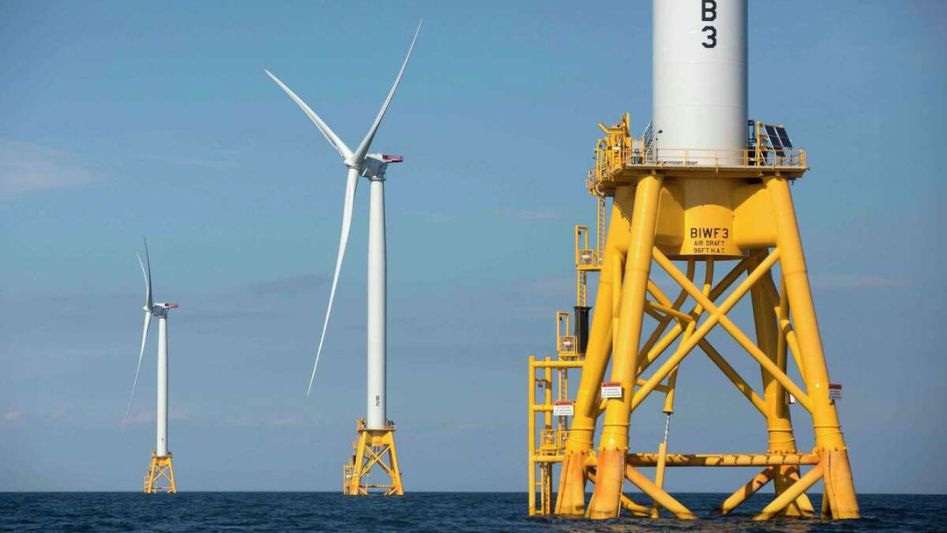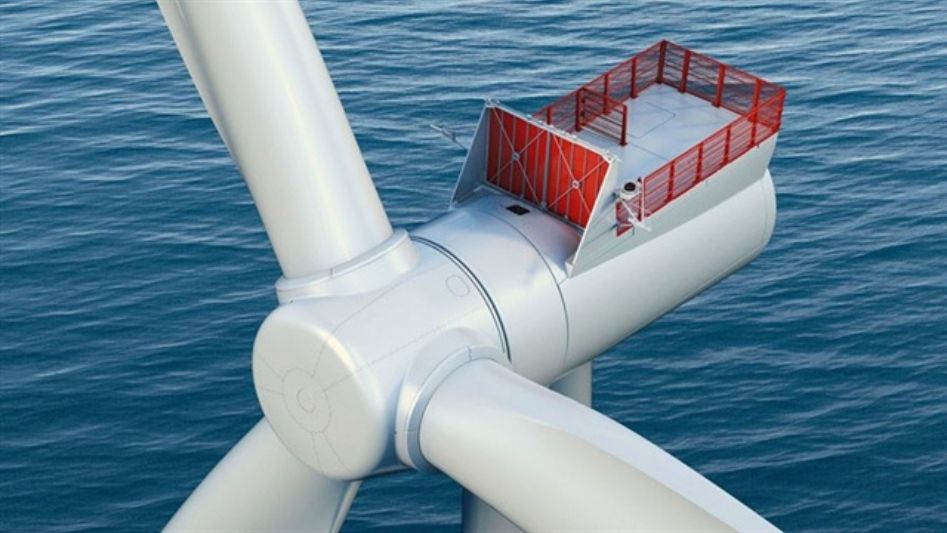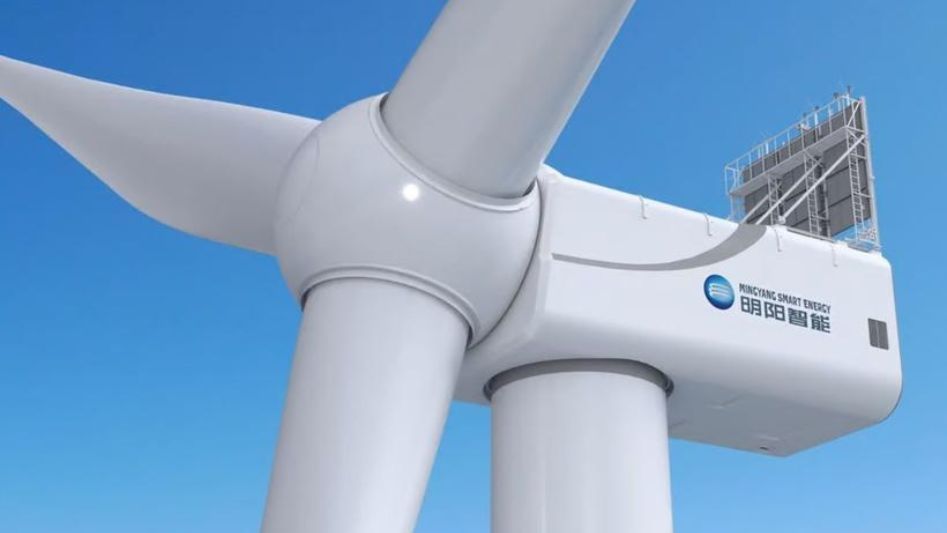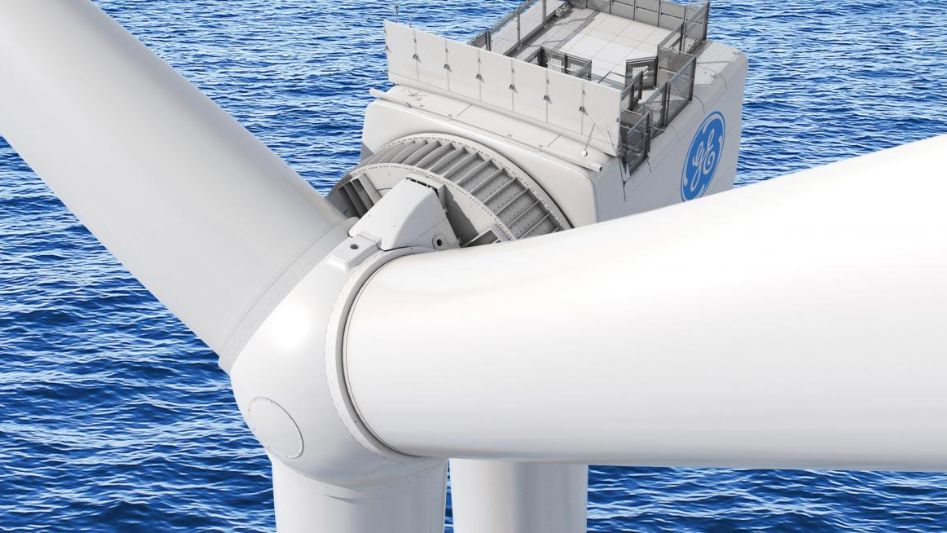Wind turbines have become iconic symbols of renewable energy, dotting landscapes around the world. These graceful giants harness the power of the wind to generate electricity, helping to reduce our reliance on fossil fuels and combat climate change. While the primary goal of wind turbines is to produce clean energy efficiently, there is also a growing emphasis on their aesthetics. In this article, we’ll explore the art and science of wind turbine design, examining both the functional aspects that make them efficient and the aesthetic considerations that make them fit seamlessly into their surroundings.
Table Of Content
We invite you to read: “Small-Scale Wind Turbines: Bringing Clean Energy to Communities”

The Science Behind Wind Turbine Design
1. Aerodynamics
At the core of wind turbine design is the science of aerodynamics. To maximize energy conversion, turbine blades are carefully shaped to capture as much wind energy as possible. The design aims to strike a balance between lift and drag, allowing the blades to turn efficiently in varying wind conditions. Researchers use computational fluid dynamics (CFD) and wind tunnel testing to optimize blade shapes and configurations.
2. Material Selection
The choice of materials plays a crucial role in wind turbine design. Blades need to be lightweight, yet strong and durable to withstand harsh weather conditions. Composite materials, such as fiberglass and carbon fiber-reinforced polymers, are often used due to their excellent strength-to-weight ratio.
3. Tower Height
Turbine height is another critical factor in design. Taller turbines can access stronger and more consistent winds at higher altitudes, increasing energy output. However, taller towers also require more robust foundations and transportation logistics.
4. Control Systems
Modern wind turbines are equipped with advanced control systems that optimize their performance. These systems adjust blade pitch, rotor speed, and yaw angle to extract maximum energy from the wind while protecting the turbine from overloading or extreme conditions.
The Art of Wind Turbine Design
1. Integration with the Landscape
As wind farms become more prevalent, their visual impact on the environment has come under scrutiny. Architects and designers work to ensure that wind turbines harmonize with their surroundings. This involves choosing colors, materials, and tower designs that blend into the landscape. Some wind farms even incorporate public art installations or landscaping to enhance their aesthetic appeal.
We invite you to read: “Wind Turbines vs. Climate Change: A Powerful Ally in the Fight for Our Planet”

2. Sculptural and Architectural Designs
In recent years, there has been a growing trend towards artistic and architectural wind turbine designs. Some turbines are crafted to be visually striking, resembling sculptures more than industrial machinery. These unique designs not only generate clean energy but also serve as landmarks and tourist attractions.
3. Noise Reduction
Noise pollution is a concern for communities near wind farms. Designers are continuously improving turbine designs to minimize noise emissions. Quieter blades, better insulation, and strategic placement are some of the techniques used to address this issue.
4. Lighting Solutions
To enhance safety and aesthetics, wind turbines are often equipped with lighting systems. These lights can serve both functional and decorative purposes. They ensure that the turbines are visible at night to aviation traffic while also adding an element of beauty to the landscape.
Striking a Balance
The art and science of wind turbine design require a delicate balance between functionality and aesthetics. On one hand, turbines must efficiently capture wind energy to justify their installation. On the other hand, they should be visually pleasing and considerate of their impact on the environment and surrounding communities.
As technology advances, we can expect to see even more innovative and artistic wind turbine designs. These developments will not only help us transition to a greener energy future but also contribute to the beauty of our landscapes.
We invite you to read: “Blowing Away Fossil Fuels: The Impact of Wind Turbines on Energy Production”

Conclusion
Wind turbines are not only a testament to human ingenuity in harnessing renewable energy but also an expression of design and artistry. They represent a harmonious blend of science and aesthetics, showcasing our commitment to a sustainable future while respecting the beauty of our natural surroundings.
FAQs
What is the primary purpose of wind turbine design?
The primary purpose of wind turbine design is to efficiently convert wind energy into electricity for clean and sustainable power generation.
What scientific principles govern wind turbine design?
Wind turbine design relies on principles of aerodynamics, materials science, structural engineering, and control systems to maximize energy capture and efficiency.
Why are wind turbine blades designed in specific shapes?
Wind turbine blades are designed with aerodynamic profiles to generate lift and reduce drag, enabling efficient energy conversion as they rotate.
What materials are commonly used in wind turbine construction?
Wind turbine blades are often made from composite materials like fiberglass and carbon fiber-reinforced polymers due to their strength and lightweight properties.
Why do wind turbines vary in height?
Wind turbine height varies to access higher, more consistent wind speeds at elevated altitudes, increasing energy production. Taller towers, however, require stronger foundations.
You May Also Like
- Wind Turbines: Spinning the Wheels of Renewable Energy Innovation
- Wind Turbine Innovation: Small-Scale Solutions with Big Impact
- Green Energy on the Horizon: Exploring the Future of Wind Turbines
- Wind Turbine Farms: Powering Communities with Clean Energy
- The Evolution of Wind Turbine Technology: Past, Present, and Future

